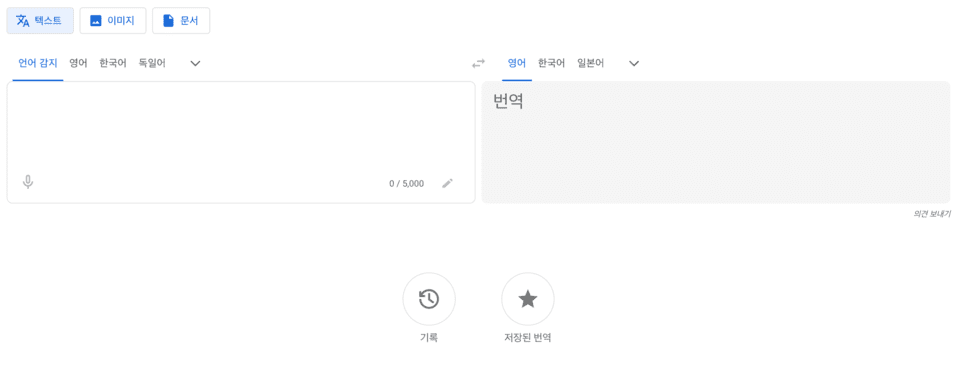Google is signaling a fundamental change in its translation application. According to analyses by Android translation analyst AssembleDebug and reports from various media outlets like Android Authority, Google is preparing to introduce an AI-based translation model selection feature found in the APK file of the recently released version 9.15.114.
The key feature of this update is the ‘Model Selector.’ Users will have the option to choose between two modes: one prioritizes speed and efficiency, dubbed ‘Fast,’ and the other, called ‘Advanced,’ more finely analyzes conversational context and nuances. The advanced mode will incorporate Google’s next-generation AI model, ‘Gemini.’
This selector will be visible on both the app’s home screen and translation result page, with the user interface undergoing a complete overhaul. The microphone button will move from the center to the right, and icons for voice input, handwriting, and paste functions will be newly positioned at the bottom. This redesign aims to enhance not only functionality but also convenience and intuitiveness, facilitating one-handed use and heralding significant changes on these fronts.
An analysis of the APK file reveals that in its initial stage, the advanced mode will support only two language pairs: English-Spanish and English-French. The fast mode is designed to quickly translate simple sentences like those found on menus or road signs, while the advanced mode can be used for translations where conversation or contextual understanding is critical.
This capability is part of Google’s long-term strategy to apply its language interpretation technology at the consumer level. Back in May, Google integrated a Gemini-based real-time voice translation feature in Google Meet for English-Spanish, and more recently, AI-driven follow-up question features have been gradually integrated into the translation app.
In addition to translation, there’s also a ‘Practice Mode’ found in the recently analyzed APK file. This mode, akin to popular language learning app Duolingo, incorporates game elements to make learning languages enjoyable, allowing users to solve translation problems and adjust learning content based on their choices and responses.
Furthermore, Google has introduced an AI-based automatic dubbing feature on YouTube, allowing English users to enjoy content from Japanese YouTubers without subtitles, thereby breaking down language barriers. Google’s language AI strategy is evolving to encompass not just translation but also real-time communication and global content consumption.
This change is particularly significant as it represents the first instance where users can directly select AI technology. Until now, most AI features operated automatically based on system decisions. By allowing users to choose between speed and accuracy in translation< users can have a personalized experience and share responsibility—an evolution in the translation task that moves in this direction.
With the Google Translate app transforming from a simple translation tool into an increasingly sophisticated and flexible language platform, especially with the full-scale adoption of Gemini-based advanced features, it is likely to significantly impact global communication methods overall.
